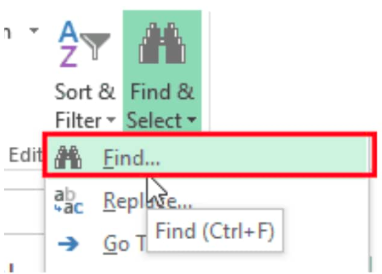
This step will succeed in breaking links unless there are “phantom links” with the workbook. Once all the sheet are unprotected you can go on the next step. Under PROTECT WORKBOOK at the top you will see a list of any protected sheets. If you are using Excel® 2010 or later you can go to FILE – INFO. You can use our audit tools to find all cells with external links. Excel® will give you a warning that the external link cannot be broken due to the sheet being protected.Įxcel® won’t be helpful enough to tell you which sheet contains the external link so you may need to go searching for it. You will need to unprotect this sheet or go to another sheet before you try and break links.ī) If a cell within a protected sheet is linked to an external file then you won’t be able to break links. Unprotect Sheets in your Problem FileĪ) When the active sheet is protected and you try to edit links the BREAK LINK button will be grayed out. Lets go through each of those steps in more detail to make sure you can break links. Some of these problems can be fixed with our add-in: fix and speed up Excel® files tools ADD-IN.

Save the file as file type ‘xls’ then back to ‘xlsx’ (or whatever the original file type was).Navigate to the folder ‘FILENAME.zip>xl’ file and delete the folder named ‘externalLinks’.Rename it in file explorer: changing the extension from.Check Conditional Formats and Data Validation for similar phantom links.Also check chart titles and data label ranges. Check each series, if any ranges are in external files then cut the range from the external file and paste in to problem file. Check all chart series ranges: Right click chart – SELECT DATA – (SERIES) EDIT.Delete all named ranges to external files: FORMULA RIBBON – (DEFINED NAMES) NAME MANAGER.Break links: DATA RIBBON – (CONNECTIONS) EDIT LINKS – Select sheet then BREAK LINK.Unprotect each sheet in your problem file: HOME RIBBON – (CELLS) FORMAT – PROTECT SHEETS.If you cannot break links in Excel® then follow these steps (backup your file first): Advertisements


 0 kommentar(er)
0 kommentar(er)
